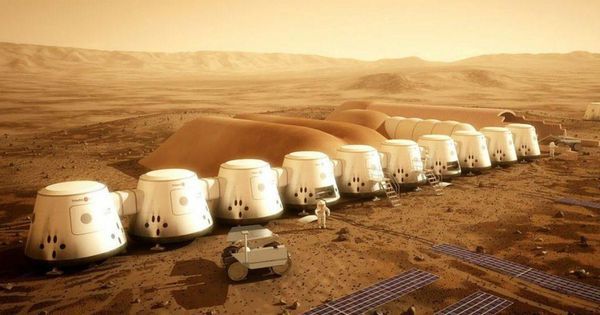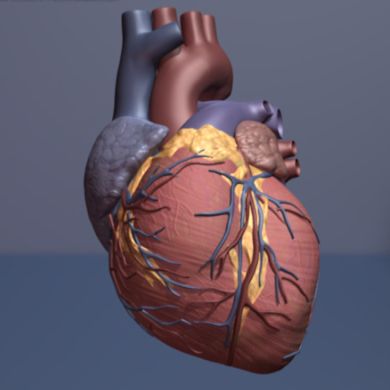Mars One, the much-criticized proposal to colonize the Red Planet, has been declared bankrupt by a Swiss court.
Turns out it is smarter than we think.
It is well known that the circuits in this part of our nervous system, which travel down the length of our spine, control seemingly simple things like the pain reflex in humans, and some motor control functions in animals.
Now, new research from Western University has shown that the spinal cord is also able to process and control more complex functions, like the positioning of your hand in external space.
“This research has shown that a least one important function is being done at the level of the spinal cord and it opens up a whole new area of investigation to say, ‘what else is done at the spinal level and what else have we potentially missed in this domain?’” said the study’s senior and supervising researcher Andrew Pruszynski, PhD, assistant professor at Western’s Schulich School of Medicine & Dentistry and Canada Research Chair in Sensorimotor Neuroscience.
As a winter storm bore down on the Hawaii islands early Monday, officials are warning residents of gusty winds, rain, high surf, and a rarer sight: snow.
Hawaii’s Department of Land and Natural Resources (DLNR) Division of State Parks is reporting that “for perhaps the first time ever, snow has fallen in a Hawaii State Park.”
“Polipoli State Park on Maui is blanketed with snow. It could also be the lowest elevation snow ever recorded in the state. Polipoli is at 6200 feet elevation,” the DLNR said in a press release posted on their Facebook page.
Possible quantum computing at room temperature. Scientists working with hexagonal boron nitride, which allows them to work in two-dimensional arrays. Simpler than using 3D objects such as diamonds.
Researchers have now demonstrated a new hardware platform based on isolated electron spins in a two-dimensional material. The electrons are trapped by defects in sheets of hexagonal boron nitride, a one-atom-thick semiconductor material, and the researchers were able to optically detect the system’s quantum states.
All hopes are on Mars to be the next big adventure for mankind, with groups like NASA working hard to make a manned mission to the Red Planet a reality and companies like SpaceX betting big on Earth-to-Mars travel.
SpaceX boss Elon Musk has long promised that living on Mars will be a reality within our lifetimes, even suggesting that he himself might move there at some point in the not-too-distant future. But once all the kinks are ironed out, how much is it going to cost to leave Earth behind and become a full-fledged Martian? Musk thinks he has the answer.
“Very dependent on volume, but I’m confident moving to Mars (return ticket is free) will one day cost less than $500k & maybe even below $100k,” he wrote. “Low enough that most people in advanced economies could sell their home on Earth & move to Mars if they want.”
The extraordinary ambition of Musk’s prediction wasn’t lost on some Twitter users. “Fyre Festival Part Deux,” one replied.
Maybe that skepticism is why, in a follow –up reply, Musk seemed to hedge his bets.
“Just planning on keeping the public informed about progress & setbacks,” he wrote. “Will be some [Rapid Unscheduled Disassemblies] along the way, but excitement is guaranteed!”
New research, which has been published today in the EMBO Journal, could suggest a new way of preventing heart failure in older patients.
Heart failure occurs when the heart is not pumping blood around the body as well as it should, most commonly when the heart muscle has been damaged – for example, after a heart attack.
Researchers at Newcastle University have shown that clearing out senescent cardiac muscle cells from the hearts of aged mice restores heart health.
It seems that not a month goes by without a new study showing that senolytics, drugs that remove aged and damaged cells from the body, improve organ or tissue function by reversing some aspects of aging. A new study has shown that removing senescent cells from the hearts of old mice restores heart health and alleviates the detrimental effects of cardiac aging, including myocardial hypertrophy and fibrosis.







